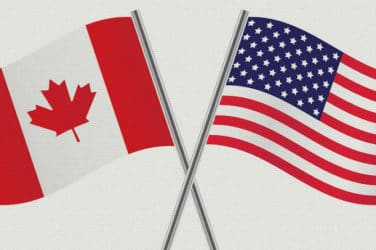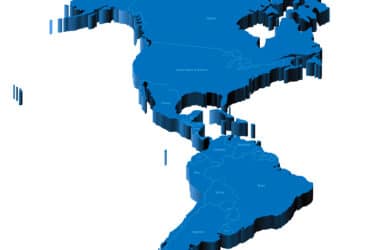
The seemingly never-ending race to zero latency is tearing up the trading landscape and forcing firms to fork out yet more cash to remain one step ahead of the rest.
“Chasing endless latency is a bit of a fool’s errand,” Mark Casey, president and chief executive of CFN Services, a leading provider of managed automated trading enablement services based in Virginia, told Markets Media at WBR’s Trade Tech Europe 2012 industry event in London today.
“There are only a handful of firms that can stomach that. The one-upmanship is rather foolish. For example, we used to pay about $10,000 a month for a 10 gigabyte circuit from New York to London. Today that price is over $100,000 a month.”
Casey cited the recent announcements by Hibernia Atlantic and Perseus Telecom in their bids to provide the quickest transatlantic fiber-optic cable connection between the major financial exchanges in London and New York. Hibernia says its cable, which aims to be in operation some time next year, will deliver speeds of 59.6 milliseconds, shaving 5.2 milliseconds of the current lowest speed. The New Jersey-based operator of undersea telecom cables will be forking out $300 million to lay the new cable across the Atlantic. Perseus, a US-based provider of trading connectivity, in partnership with Indian telecommunications giant Reliance Globalcom, this week announced that it can now guarantee execution times of less than 60 milliseconds after upgrading an existing Atlantic cable.
“Hibernia is coming out with a new cable, which will be the quickest one, while Perseus has done some optimization on some existing cables and that will create a speed advantage for a period of time,” said Casey.
“Somebody spends a bunch of money and before they’ve recovered their investment then somebody is outspending them again. It requires a higher and higher tax for the trading firms. What do they get out of it? They all just have to go to the next best thing and pay whatever they have to to get that.”
However, Jock Percy, chief executive of Perseus Telecom, believes that the investment will more than pay off and dismisses talk of an arms race developing.
“This arms race is a funny phrase,” he told Markets Media at Trade Tech. “It suggests that there is some winner and suggests that there is some negative influence or some negative impact on us as a financial group. Technology has only ever made finance safer. With very few exceptions.
“If somebody ever does beats us in the future and does the perfect optimal scenario then we’ve at least got a very fast diverse product. It’s not that bad and for very low capital expenditure.”
While the Bank of England’s executive director for financial stability, Andrew Haldane, believes this race to zero latency is bringing with it a sea change to the trading environment.
“Over the past decade, trading in financial markets has undergone a technological revolution,” Haldane said in a speech to the Institute for New Economic Thinking in Berlin.
“The frontier of this revolution is defined by speed. A decade ago, trade execution times were measured in seconds. A few years ago, they were measured in milliseconds. Today, they are measured in microseconds. Tomorrow, it will be nano-seconds or pico-seconds.
“For technologists, this is a ‘race to zero’—the promised land of zero latency where execution times converge on the speed of light. For social scientists, this is a financial arms race, a sub-second game of leapfrog.
“In their quest for speed, a number of firms are also engaged in a positional race. The shorter the cable to the trading exchange, the faster a trade can be executed. This has encouraged some firms to begin relocating their servers as close as physically possible to the trading exchange – so-called ‘co-location’. This is the financial equivalent of seeking the apartment closest to the sea. It, too, fuels arms-race behavior.”
“Accompanying this shift in speed has been a dramatic change in the composition of trading and market-making. During this decade, so-called high-frequency trading has come to dominate. It now accounts for anywhere between a half and three-quarters of trading volume on the world’s major equity markets and a rising share of futures and other derivative markets.
“In some markets, HFT firms have become the de-facto liquidity providers or market-makers. Historically, designated market-makers were often granted privileges in return for agreeing to ensure trade and price continuity. No longer: the sleek have inherited the earth.”






